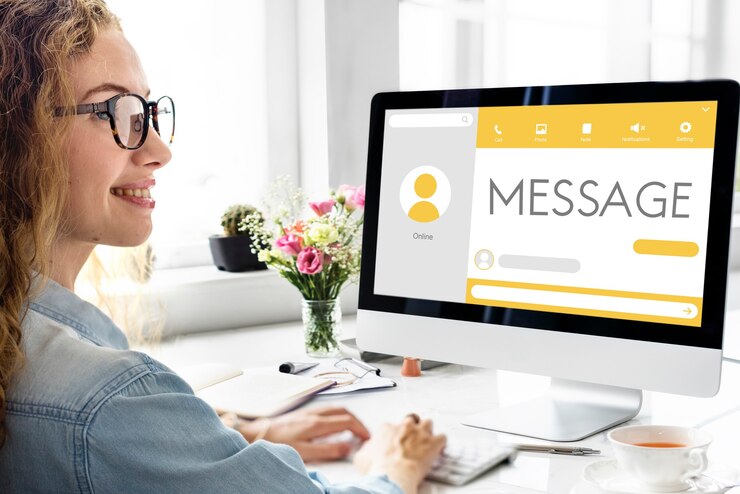Let’s face it, emails can feel like a never-ending game of whack-a-mole. You answer one, and three more pop up in its place. But fear not, fellow professionals! Mastering the art of business communication can turn you from a frazzled inbox warrior into a smooth-sailing email ninja.
Here’s the lowdown: in today’s fast-paced digital world, crafting clear, concise, and professional emails is essential. It’s about striking the perfect balance between friendly and formal, informative and efficient. So, grab your metaphorical cup of inbox-slaying coffee (or tea, no judgment!), and let’s dive into some effective email techniques that will have you conquering your inbox like a boss:
Subject Line Savvy: Your First Impression
The subject line is your email’s first impression, so make it count! Keep it clear, concise, and informative. Think “Meeting Request: Q3 Marketing Strategy” instead of “Hey Sarah, Quick Q.” A clear subject line helps the recipient understand the email’s content at a glance and prioritize their response accordingly in business communication.
The Power of the Greeting
First impressions matter in emails too! Start with a proper salutation. Aim for a professional yet friendly greeting like “Dear [Name]” or “Hello [Name]”. Steer clear of excessively informal greetings such as “Hey” or “What’s up?” unless you share a very close working relationship with the recipient.
Get to the Point, Pronto!
Nobody wants to wade through paragraphs of fluff. State your purpose upfront. What is the main reason you’re reaching out? In business communication, explain your request or information clearly and concisely. Remember, people are busy, so respect their time by getting straight to the point.
The structure is Your BFF
Break up your email with clear sections and bullet points for easy readability. No one enjoys deciphering a wall of text! Formatting your email helps the recipient quickly grasp the key points and makes it easier for them to scan and respond.
Proofread Like a Superhero
Typos and grammatical errors scream unprofessional. Before hitting send, take a moment to proofread your email for any typos, grammatical errors, or awkward phrasing. Spell-check is your friend, but don’t rely solely on it. Proofreading ensures your message is clear, polished, and reflects well on you and your brand.
Keep it Short and Sweet (Unless It’s Not)
While brevity is generally a good thing, there are exceptions. If your email involves complex information or requires detailed instructions, provide the necessary context without going overboard. For effective communication, use clear and concise language, and consider attaching a document if needed.
Attachments: Friend or Foe?
Attachments can be helpful, but avoid overloading the recipient’s inbox. Only attach documents that are absolutely necessary for understanding your email. If you have multiple attachments, consider zipping them into a single file.
The Art of the Reply
Responding promptly shows respect and professionalism. When replying, avoid simply hitting “reply all” if necessary. Consider who needs to be included in the conversation thread. Additionally, avoid replying with one-word responses like “OK” or “Got it.” Acknowledge the information received and offer any further details or next steps if needed.
Sign Off with Style
End your email with a professional closing like “Sincerely,” “Best Regards,” or “Thanks,” followed by your full name and title. This adds a touch of formality and leaves a lasting positive impression.
Bonus Tip: The Power of Professional Tone
Even if you’re emailing a close colleague, maintain a professional tone. Avoid overly casual language, emojis, or unprofessional abbreviations (like “LOL” or “FYI”). Remember, your written communication reflects your personal brand, so maintain a professional and respectful tone throughout your emails.
Mastering the Art: Practice Makes Perfect
Like any skill, mastering the art of business communication takes practice. By implementing these techniques and applying them consistently, you’ll be well on your way to crafting clear, concise, and professional emails that get results. Remember, clear communication is key to building strong relationships and achieving success in the business world. So, ditch the email stress and embrace the power of clear, confident communication. Your inbox will thank you for it!







